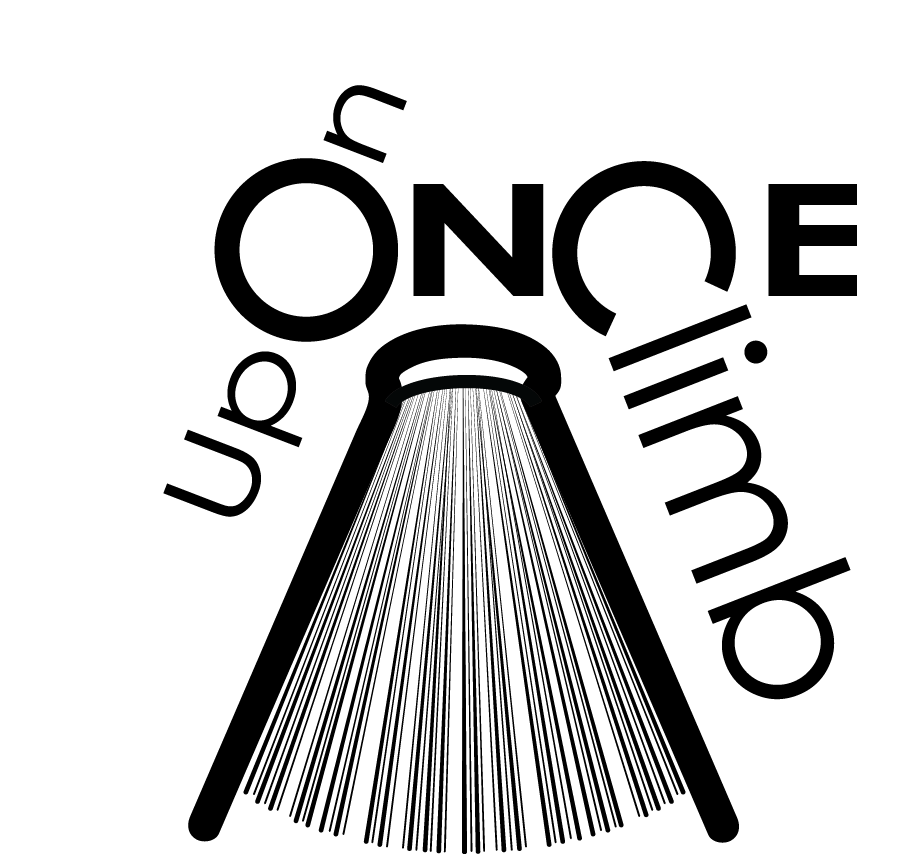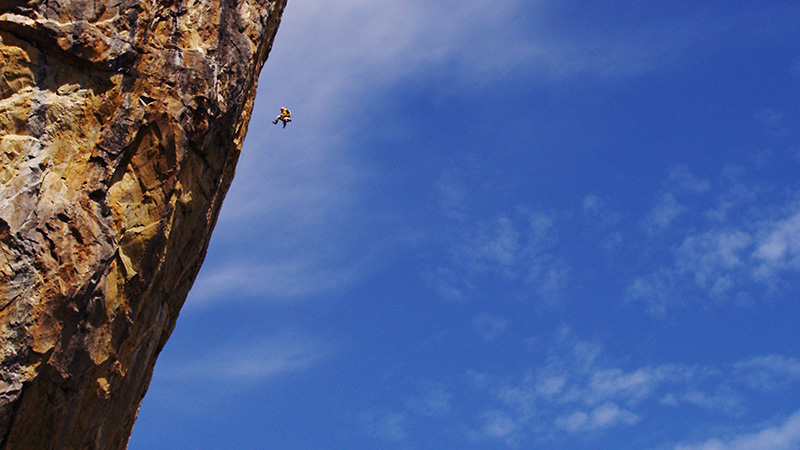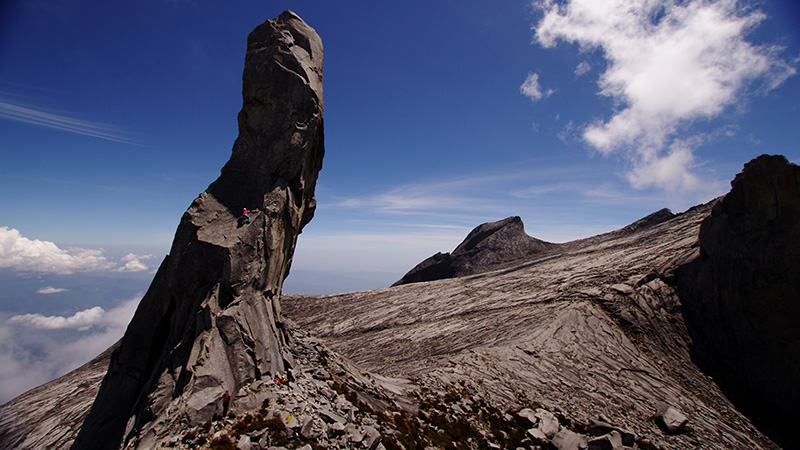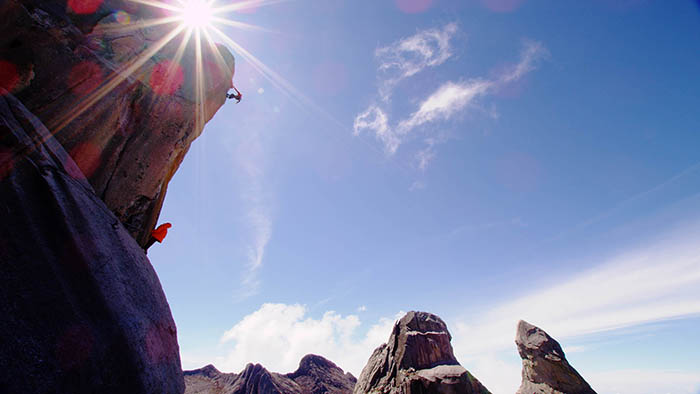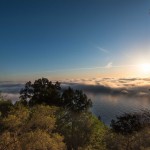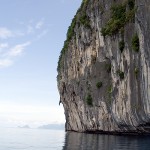The mountain plateau of Kinabalu is literally a climbers dream come true! Situated at over 4,000m on the island of Borneo, Kinabalu holds the most impressive, good quality, unclimbed rock I have ever seen! Formations that seem to defy both gravity and belief are just waiting to be climbed by those with the vision, the skill, and the lung-power. Climbing physical sport routes at over 4,000m is something else! We spent 3 weeks there in 2012, and I would return in a heartbeat – It really was just that good!
In 1994 a team of British soldiers almost lost their lives in Lowes Gully, a steep sided narrow canyon, dropping over 1 mile from the rocky summit plateau of Mt Kinabalu, Borneo. I remember watching the TV documentary when I was very young, and being terrified at the prospect of being lost in such a foul place of giant insects and blood sucking leaches, with death edging ever closer.
A few years later I met one of the members of that ill fated expedition whilst on a sport climbing holiday in Spain. Rich Mayfield is better known amongst climbers as the owner of The Orange House, or perhaps because of his involvement in the Hard Rock Challenge in 2007, yet years before this he had the misfortune to be invited to join a team of soldiers in an attempt to make the first full descent of Lowes Gully. His stories brought my childhood fears of that place back to life, and as far as I was concerned, Mt Kinabalu was a place to be avoided at all costs.
It was in 2009 that Yuji Hirayama first mentioned the sport climbing potential at the top of Mt Kinabalu during a meeting between the global athletes from The North Face. As is usual in this type of meeting, I nodded my head and tried to smile enthusiastically, attempting to suppress horror stories from the past that had once again began swirling around my mind. At several points over the next few years, Yuji talked with me again about the climbing opportunities on the top of the mountain, and gradually his stories of incredible twisted towers and giant overhanging faces of the most solid granite you can imagine, began to subdue my fears.
The place looked incredible, and according to Yuji there was more perfect rock than you could ever wish to climb! It seemed almost too good to be true, and when things seem like that, they usually are. What was the catch? If it is as incredible as it sounds why do more people not visit… Perhaps the 13,000 ft of elevation gain from your hotel in the city, 7,500 of this needing to be done on foot.
In June 2012, Yuji, myself, Caroline, and Daniel Woods set off from the Park HQ for the long, steep hike towards the Summit. We would be supported by local Adventure Tourism operator Mountain Torq, who own and run the world’s highest Via Ferata, and we would stay in one of their guide huts near the top of the mountain for the next 3 weeks. This hut would be a rather simple affair, with no electricity and no showers. Everything we need would have to be carried up on the backs of porters, which is considerably more comfortable than carrying it up yourself, but still a long way from staying at the Ritz.
Everyday life on Kinabalu is a mix of extremes. Early in the morning there could be up to 100 tourists plodding up the summit trail in order to watch the sun rise, then for the rest of the day the entire place is deserted and we have the place to ourselves, not a soul to be seen. Even more extreme is the weather! In a matter of minutes conditions change from Summer to Winter. Temperatures can fall by 20degrees, and clear blue skies are replaced with thick freezing fog, drenching everything in sight. Living on Kinabalu is a very strange feeling indeed, but perhaps more strange is how over the next few weeks it would begin to feel very much like home.
Our first impression of the mountain was a rather wet one. After being caught in a tremendous rain storm on the hike up, the rain continued all day, all through the night, and well on into the next morning. Our spirits were as damp as our clothes, which showed no signs of drying. The mist that clung to the mountain felt heavy and cold, suffocating all that it touched. Even with the best of intentions, I couldn’t see how we could climb anything in this; the next 3 weeks looked to be a disaster in the making!
And then, the sun came out, and the world was a different place!
For the next 3 weeks we enjoyed almost perfect stable weather which is practically unheard of in this part of the world. Each day we would be slowly woken by the mumbled voices of tired tourists on their shuffle to the summit, some of which would occasionally pop their heads through our door asking if this was the toilet? “Sure love, just go over there and squat in the corner”. We would normally roll out of our sleeping bags at around 6am, make a quick instant coffee and eat whatever scrumptious feast our cook had prepared for breakfast – fishy noodles are a fine start to any day! After another coffee we would pack our bags with gear, drills, and as much junk food as we could carry, as no matter how much you ate, your body seemed to always be screaming for quick sugary energy up here. Another coffee for good luck we would start the daily trek towards the top and the next days adventure.
The walk was a snail’s pace killer. Whilst never overly difficult it was so monotonous, with every step looking the same and the spires on the horizon seeming to never get any closer. At first we tried to quicken our pace to get it over and done with, but you soon realize that the secret up here is slow and steady. Rapid movement rewards you with a pounding chest, thumping head, and very little distance gained. The same rang true for the climbing. Moving on a slab was not too bad, but as soon as your weight moves onto your arms and exertion increases, your body simply cant get the necessary oxygen.
This was a very strange sensation indeed! The feeling is never one of being pumped, at least not in the way we traditionally know it, more of a full body breakdown, where muscles no longer work, coordination is non existent, and your mind can’t quite comprehend where to go next. During the first few days when these symptoms were at their worst, Caroline even complained of blackouts during one particularly physical route. She was trying so hard, digging so deep that for seconds at a time her vision would turn to black. Clipping into the belay she was unable to move and unable to speak. She just lay slumped in her harness, curled in a ball, panting. It was perhaps 5 minutes until she could celebrate her success.
As days turned into weeks and we discovered some of the secrets about climbing in this place, our bodies began to feel stronger. We could start to try the harder existing routes and begin to bolt and work new projects. With such wildly varied formations and the few existing routes we were presented an almost unknown opportunity for development, one where you are free to let loose your imagination and inspiration, and create something perfectly representative of your individual style.
After several days of perfect weather, progress was looking good and success seeming ever closer. Then, peculiarly, one after another, we were each set back by min-injuries, and the feeling of ease we had previously enjoyed began to slowly disappear. Up until the early 1900 the local people were forbidden to venture up the mountain, for fear of the spirits who lived up there, and what they may do. Even now the Malay people regard Kinabalu as a sacred place, where the spirits of their relatives go to rest. Perhaps we had upset something with our easy, care free nature, perhaps I am imagining the whole thing… either way, time was running out and the pressure was starting to build.
Their backgrounds as competitors taught Caroline and Yuji to excel under pressure, and each of them wasted no time in getting their projects done. Daniel and I were not quite as efficient and with less than a week left of our trip, were still failing and flailing to get to the chains. Both of us were clearly capable, both of us had essentially done the routes, but for one reason or another, success remained elusive. I had fallen off in the final hard sequence, after pausing on a very technical foot move despite having linked this section together several times before, and Daniel had fallen off the final giant jug of his route, after passing all the hard climbing.
The weather had also started to turn and the all day long clear blue skies were a thing of the past. Soggy grey mist would regularly roll across the plateau soaking everything it touched and the difference this made to the climbing conditions was unimaginable, making even the easiest individual moves feel impossible. We would be forced to huddle under rocks for shelter waiting for the grey slop to pass. 30 seconds, 10 minutes, 1 hour… nobody knew when it would shift, but when it did it was all stations go. Shoes on, tie in, chalk up, climb… everything was looking good until the next cloud would cover you just before the crux! Frustrating to say the least.
With skin getting ever thinner, bodies feeling the effects of the same repeated moves, and weather becoming worse by the day, our prospects were starting to look bleak. Then one day, not to dissimilar to the rest, we both climbed our respective projects, and that was that.
With so much more going on than just pulling, its hard to know where the secrets for making hard ascents hide, and more importantly how to find them at any particular point in time. I still don’t know, nor do I think I will find out anytime soon. Sometimes you win, sometimes you loose.
This is something worth remembering the next time you are upset after falling off high in a project… the difference between success and failure is often tiny, and sometimes so small there is barely a difference at all. But there is a difference, and when you add into the equation certain things; like incredible rock that you may never visit again, the chance to make a perfect first ascent, or a time frame that is quickly becoming too short, that tiny difference becomes everything.
We had traveled half way around the world, hiked to the top of a mountain three times higher than our good friend The Ben, lived for weeks in a tiny hut, and all just to climb on some funny looking rock; but my what rocks they were! The Expedition would have been a huge success without, but the addition of everyone finishing their respective projects made our time on Kinabalu a dream come true.
